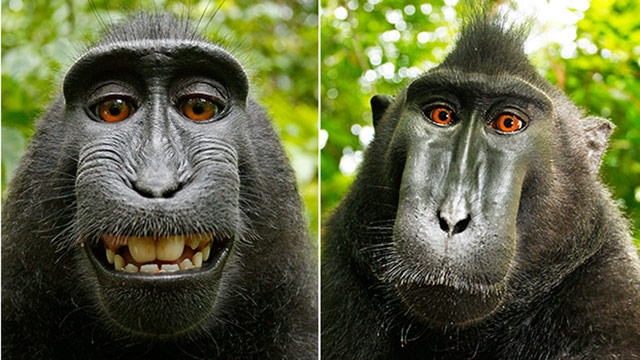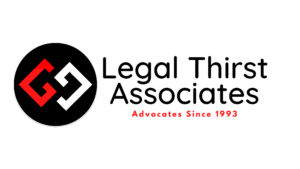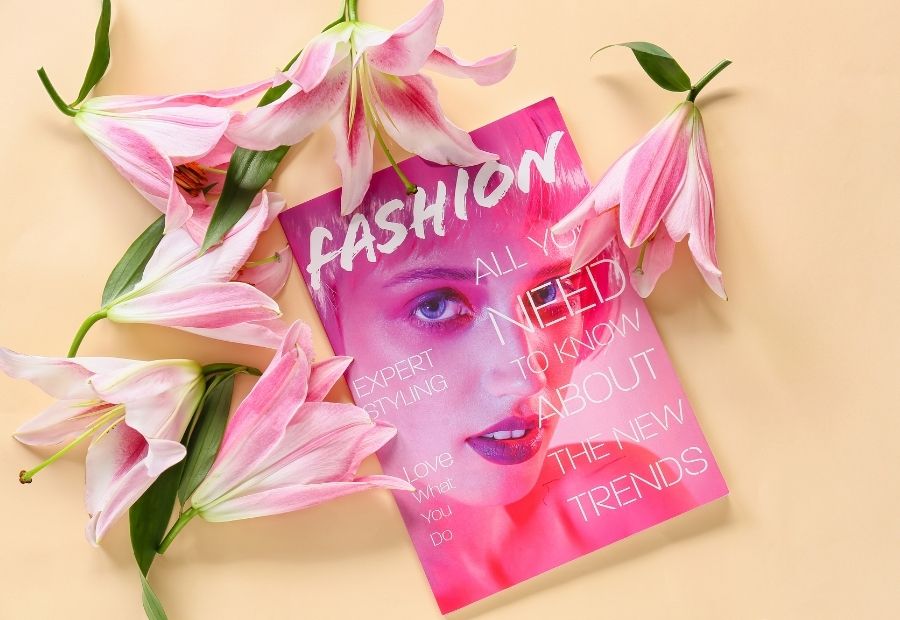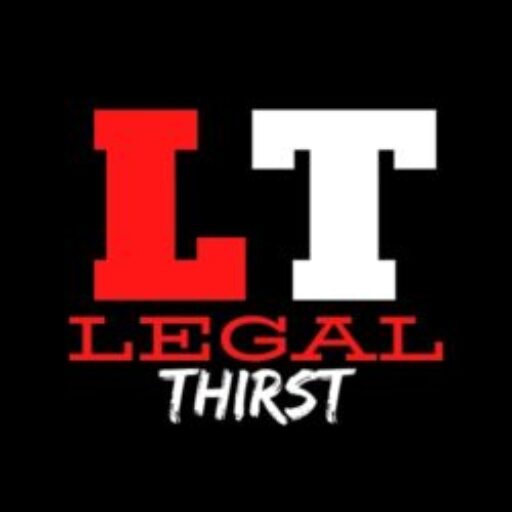Introduction
So far, we all are talking about intellectual property rights in fashion industry. These rights are provided to us officially by our law to prevent artistic creation of artist or brand. The brand that markets their design assets to strengthen their business position within Fashion industry are intellectual capital of that brand but do you know that there are some short tips and tricks to protect your design from infringement or from being copied and these are some unofficial security options. Our law does not recognise them as but these can act as an evidentiary proof that you hold the exclusive right over the creation.
Brand is one of the most significant assets for the company that offers clothing, accessories, design and patterns.
So, we are discussing about brand, but what does this brand mean? How does a brand name matter a lot to a company recognition?
This word Brand has been defined in Chapter 9 of the Central Excise Tariff Act, 1985 as “a brand name or trade name, whether registered or not, that is to say a name or a mark, such as symbol, monogram, label, signature or invented word or writing which is used in relation to such specified goods for the purpose of indicating, or so as to indicate a connection in the course of trade between such specified goods and some person using such name or mark with or without any indication of the identity of that person”.
Under Intellectual Property (IP) regulations a brand is also defined as everything that a customer recognises about your company. It includes your company’s name, logo, and product design.
Just for an instance think that you are starting a clothing business and want to protect your dress designs from being infringed. What different methods strikes to your mind to secure your designs. So, there are different official and unofficial security options available to a business in the fashion sector and they are discussed in this article.
The official Intellectual Property Rights in Fashion Industry available are:
- Trademark
- Patents
- Copyright
- Trade secret
By registering your product under trademark law or copyright law, design under design patent you can protect your item from being copied or infringed.
Trademarks can be used to protect product names, logos, colour, shapes, etc. As per Trademarks Act, 1999 section(zb), Trademark is-
“Trade mark” means a mark capable of being represented graphically and which is capable of distinguishing the goods or services of one person from those of others and may include shape of goods, their packaging and combination of colours. We can Register color as a trademark. Colour trademarks, like any other trademark, can act as source identifiers of the brand, helping manufacturers and consumers to distinguish their goods and services from those of others. Some of the famous examples which have been recognized by the courts and trademark offices as colour trademark include the Green-gold colour of the dry-cleaning pads used by Qualitex, the red sole of Christian Louboutin the robin-egg blue colour associated with Tiffany & Co, and the brown colour used by UPS for their trucks, Ferrari red.
Option as mentioned above is to protect your brand name with a registered mark which will ensure you the following protection: protection of appearance and physical shape. Thus, we can say that the shape and decoration of the product are both protected by this service. Another, way of providing protection to your brand is by the way of a patent. [1]A patent is a type of intellectual property that gives its owner the legal right to exclude others from making, using, or selling an invention for a limited period of years, in exchange for publishing an enabling public disclosure of the invention. These are normally granted for a period of twenty years. Patents are expensive to obtain and might take a long time to obtain. Patents are extensively used in other businesses but they are underutilised in fashionista.
Copyright is a type of intellectual property that gives its owner the exclusive right to make copies of creative work, usually for a limited time. A Copyright gives protection over artistic expressions and not just ideas. It encourages new artistic creations and innovations. When someone creates an original product that requires significant mental activity to create, this product becomes an intellectual property that must be protected from unauthorized duplication. Examples of unique creations include computer software, art, novel, film, poetry, graphic designs, musical lyrics and compositions, original architectural designs, painting, website content, etc. For example, Diane Von Furstenberg wrap dress, in this the wrap dress itself is not protectable, but the design of the wrap dress is protectable.
In Fashion Industry, the Copyright Act does not protect the entire garment of dress as a whole; rather it protects the particular or individual aspects like shape, pattern, colour, etc. of it.
To protect his/her creation under the Copyright Act, 1957, Fashion designer or company needs to prove that:
- That his/her creation is an original artistic work and not a copy within the meaning of the Copyright Act, 1957 and is not a design within the meaning of the Designs Act, 2000; and
- That the product has something creative in it to pass the criteria of being registered under the Copyright Act, 1957.
- Copyright must be held by the creator, that a non-human creator (not being a legal person like an animal) cannot hold the copyright for example Monkey Selfie Case.
There is a well-known recent case under Copyright
Monkey Selfie Copyright Dispute
In this case, David Slater, a photographer left his camera equipment out in a group of wild macaques to explore, the monkeys took a series of photos which included selfies. The photos were posted publicly in a newspaper. Slater claimed that he holds copyright over them. From that legal dispute arose around that who should own these copyrights —the human photographer who engineered the situation, or the macaques who snapped the photos. This unique case raised the question that whether non-legal persons can claim copyright protection.
In this case, the court held that it was the monkey who clicked his pictures and from that very point he is the owner of that photograph and not the Slater. A non-human cannot claim copyright protection, So, this image is not protected under the law.

THE UNOFFICIAL SECURITY OPTIONS:
If you have fear in your mind that your ideas, creativity and originality would be infringed or stolen by someone before they come in market or before they are protected under the shield of IP laws then you are at right place. You can unofficially protect your intangible property from being infringed. Here are some ways to unofficially protect your Intangible assets i.e., your creativity, innovation and expressions.
1. Send your designs to yourself through E-mail
Send your design to yourself through your E-mail. Even if you have many rough drawings and you aren’t sure which one to finalise. In the case of infringement, you would have this digital evidence to later establish that you are the real owner and you possess them. This method of mailing yourself a copy of your own work is often known as “poor man’s copyright”.
2. Upload them to cloud storage i.e., google drive
Upload them to cloud storage and give each design a unique name or unique serial code and identity. This would maintain the record and will act as evidence in court.
3. Post them to your address
Send your designs to your own address in an envelope. Keep the courier slip with the date and time information. Shoot a video of you opening the packet that contains those designs, pictures and graphics. Both the courier receipt and the video will safeguard you in the event of future IP infringement.
This tactic is commonly in use in developed countries like the USA, United Kingdom and France.
However, one of the most serious issues with this method is that mail is easy to tamper with, making it untrustworthy as a proof. Someone can mail an envelope with nothing in it so to reserve that you own that priorly and then you fill it with something later on.
Therefore, these unofficial methods only protect your design to a certain extent, So, Official security options are legally enforceable and provides you legal remedy.
4. Using the current date newspaper, take a picture of your designs to show that these designs were made by you on this date and this would serve as a record late on in judicial process.
5. Install surveillance cameras in your office or conference room
Suppose you are done with your design and invite some manufacturers or producers to launch your product in market. Yes, you have guessed it correctly. Every meeting may not result in deal being closed. They could however, take an image of your design for obvious reasons, like showing them to workers for final confirmation. So, the CCTV footage will record such meetings and their behaviours (photography, scribbling, and so on).
6. Have an IP clause in your job contract
If you are working at a big company and make design for them or hired as a designer then you must check that your employment agreement contains IPR terms and company would give you credit about your work and also restricts any other employee to copy, share or use them.
[1] https://en.wikipedia.org/wiki/Patent
Disclaimer: The opinions and views in the articles and research papers published on this website; are personal and independent opinions of the author. The website is not responsible for them.
Legal Thirst has created a telegram group for exchanging legal knowledge, Events, and various opportunities.
You can click on this link and join:
Follow Legal Thirst on Instagram and Subscribe to our YouTube channel for more amazing legal content.



